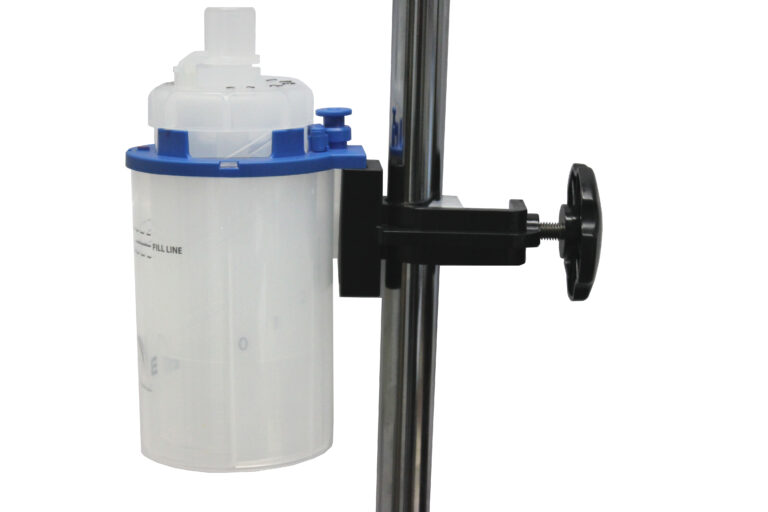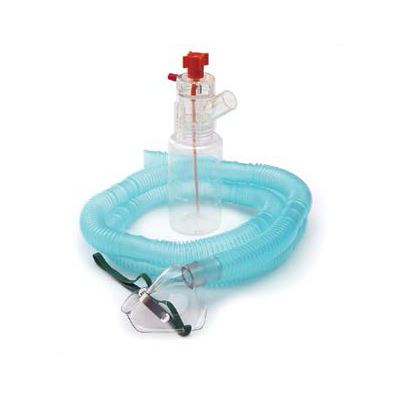Premature birth is a significant global health issue, affecting millions of infants each year. Babies born prematurely, especially those born very preterm, face numerous health challenges, including underdeveloped lungs and respiratory distress syndrome (RDS). To support the delicate respiratory needs of premature infants, healthcare providers often turn to innovative technologies such as Bubble CPAP (Continuous Positive Airway Pressure) systems. In this blog post, we will explore the critical role of Bubble CPAP in enhancing lung development and improving outcomes for premature infants.
Understanding Bubble CPAP
Bubble CPAP is a non-invasive respiratory support therapy that delivers a continuous flow of air and oxygen to the baby’s airways through small prongs placed in the nostrils or a nasal mask. The key component of a Bubble CPAP system is the bubbling chamber, which generates a gentle pressure in the airway to keep it open and improve oxygenation. This helps prevent the collapse of the lungs’ alveoli, reduces the effort required for breathing, and promotes better lung expansion and function.
Importance of Lung Development in Premature Infants
Premature infants are born with immature lungs that lack sufficient surfactant, a substance that helps keep the lungs’ air sacs open. As a result, these infants are at increased risk of developing RDS, a condition characterized by breathing difficulties due to the collapse of the alveoli. Proper lung development is crucial for premature infants to ensure adequate oxygenation and respiratory function, which are essential for their survival and long-term health.
How Bubble CPAP Enhances Lung Development
- Gentle Respiratory Support:
Bubble CPAP provides gentle and continuous respiratory support to premature infants without the need for invasive procedures such as intubation and mechanical ventilation. The low-pressure system helps keep the airways open, reduces the work of breathing, and promotes better lung expansion. This gentle support is essential for fragile premature infants, as it minimizes the risk of lung injury and allows for more natural breathing patterns.
- Prevention of Atelectasis:
Atelectasis, or the collapse of the alveoli, is a common complication in premature infants with RDS. Bubble CPAP helps prevent atelectasis by delivering a continuous flow of air and oxygen to the lungs, keeping the alveoli open and promoting lung expansion. This allows for more efficient gas exchange and improves oxygenation, reducing the risk of respiratory failure and other complications associated with RDS.
- Reduction of Airway Resistance:
Bubble CPAP reduces airway resistance in premature infants, making it easier for them to breathe and maintain adequate oxygenation. By delivering a continuous flow of air and oxygen at a controlled pressure, Bubble CPAP helps overcome the resistance in the airways and ensures that oxygen reaches the alveoli, where it’s needed for gas exchange. This promotes better oxygenation and respiratory function, supporting optimal lung development in premature infants.
Clinical Evidence Supporting Bubble CPAP
Numerous studies have demonstrated the effectiveness of Bubble CPAP in improving respiratory outcomes and reducing the need for invasive ventilation in premature infants. Research has shown that Bubble CPAP is associated with lower rates of mortality, respiratory failure, and complications such as bronchopulmonary dysplasia (BPD) and intraventricular hemorrhage (IVH). Additionally, infants treated with Bubble CPAP have been found to have better long-term respiratory function and neurodevelopmental outcomes compared to those who receive mechanical ventilation.
Conclusion
Bubble CPAP is a valuable tool in the care of premature infants, offering gentle and effective respiratory support that promotes optimal lung development and improves outcomes. By providing continuous positive airway pressure, Bubble CPAP helps keep the airways open, prevents atelectasis, reduces airway resistance, and enhances oxygenation. This non-invasive therapy plays a crucial role in supporting the delicate respiratory needs of premature infants and has been shown to reduce the risk of complications and improve long-term outcomes. At B&B Medical Technologies, we are committed to advancing neonatal care through innovative solutions like Bubble CPAP systems.

